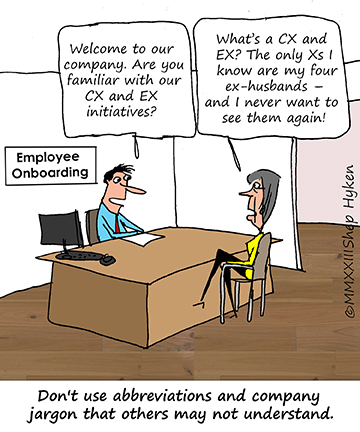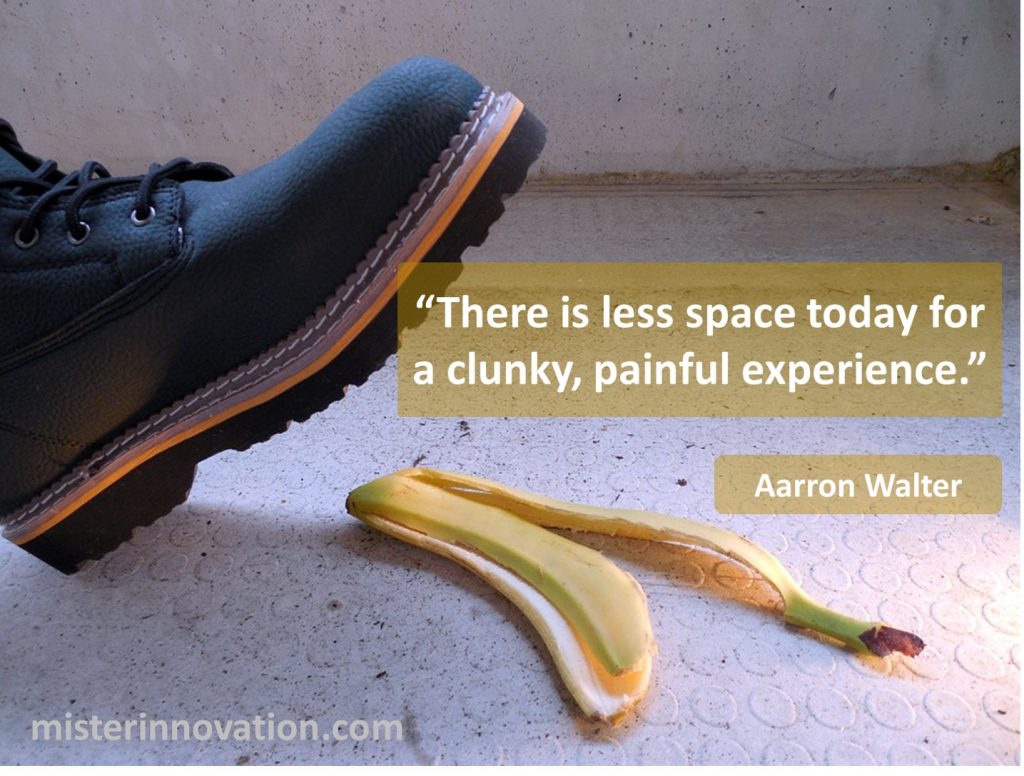Are They the Same?

GUEST POST from Robyn Bolton
“Isn’t continuous improvement the same as incremental innovation? After all, both focus on doing what you do better, faster, or cheaper.”
Ooof, I have a love-hate relationship with questions like this one.
I hate them because, in the moment, they feel like a gut punch. The answer feels obvious to me – no, they are entirely different things – but I struggle to explain myself clearly and simply.
I love them because, once the frustration and embarrassment of being unable to offer a clear and simple answer passes, they become a clear sign that I don’t understand something well enough or that *gasp* my “obvious” answer may be wrong.
So, is Continuous Improvement the same as Incremental Innovation?
No. They’re different.
But the difference is subtle, so let’s use an analogy to tease it apart.
Imagine learning to ride a bike. When you first learn, success is staying upright, moving forward, and stopping before you crash into something. With time and practice, you get better. You move faster, stop more quickly, and move with greater precision and agility.
That’s continuous improvement. You’re using the same solution but using it better.
Now, imagine that you’ve mastered your neighborhood’s bike paths and streets and want to do more. You want to go faster, so add a motor to your bike. You want to ride through the neighboring forest, so you change to off-road tires. You want a smoother feel on your long rides, so you switch to a carbon fiber frame.
That’s incremental innovation. You changed an aspect of the solution so that it performs better.
It all comes down to the definition of innovation – something different (or new) that creates value.
Both continuous improvement and incremental innovation create value.
The former does it by improving what exists. The latter does it by changing (making different) what exists.
Got it. They are entirely different things.
Sort of.
Think of them as a Venn diagram – they’re different but similar.
There is evidence that a culture committed to quality and continuous improvement can lead to a culture of innovation because “Both approaches are focused in meeting customer needs, and since CI encourages small but constant changes in current products, processes and working methods its use can lead firms to become innovative by taking these small changes as an approach to innovation, more specifically, incremental innovation.”
Thanks, nerd. But does this matter where I work, which is in the real world?
Yes.
Continuous Improvement and Incremental Innovation are different things and, as a result, require different resource levels, timelines, and expectations for ROI.
You should expect everyone in your organization to engage in continuous innovation (CI) because (1) using CI helps the organizations change adoption and risk taking by evaluating and implementing solutions to current needs” and (2) the problem-solving tools used in CI uncover “opportunities for finding new ideas that could become incremental innovations.”
You should designate specific people and teams to work on incremental people because (1) what “better” looks like is less certain, (2) doing something different or new increases risk, and (3) more time and resources are required to learn your way to the more successful outcome.
What do you think?
How do you answer the question at the start of this post?
How do you demonstrate your answer?
Image Credit: Pixabay
![]() Sign up here to get Human-Centered Change & Innovation Weekly delivered to your inbox every week.
Sign up here to get Human-Centered Change & Innovation Weekly delivered to your inbox every week.









